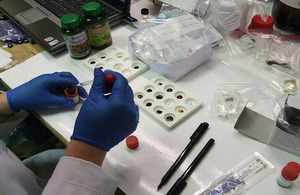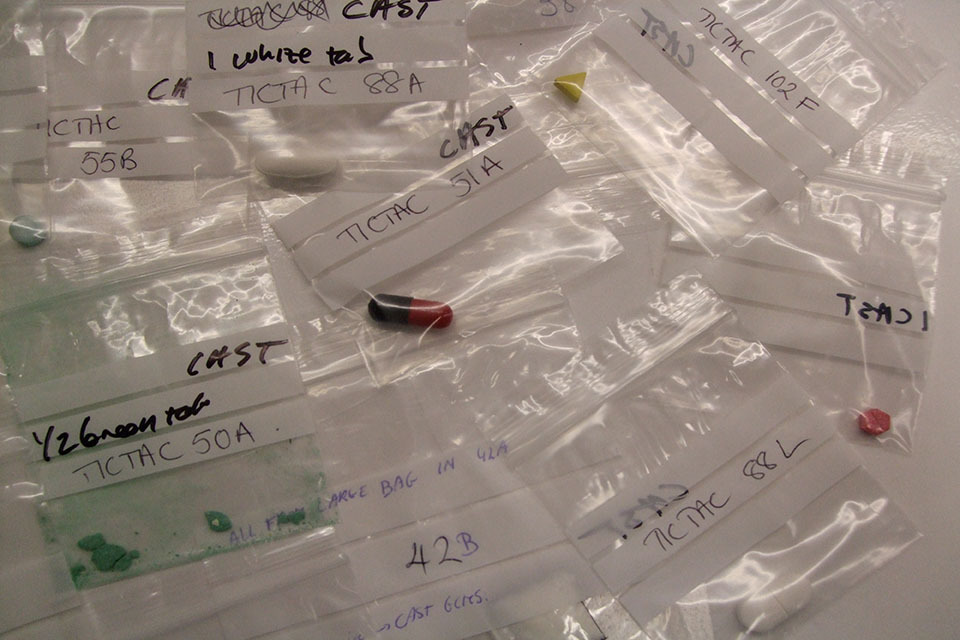Drug warning system detects 10 ‘legal highs’
The Forensic Early Warning System has picked up 27 new drugs since January 2011.

Ten ‘legal highs’ were detected last year by the Home Office’s Forensic Early Warning System
Ten ‘legal highs’ were detected last year by the Home Office’s Forensic Early Warning System, a report released today (30 July) reveals.
It brings to 27 the total number of new psychoactive substances detected by FEWS in two years.
Snapshot
The system, which has been running since January 2011, analyses hundreds of test purchases from websites and specialist shops, as well as seizures at summer festivals and police samples to give a snapshot of what drugs are available in the UK.
Crime Prevention Minister Jeremy Browne said:
We are taking action to reduce the demand and supply of illegal drugs and our Forensic Early Warning System helps us closely monitor their availability.
The government is alive to the emerging threat of ‘legal highs’, which should not be assumed to be safe or legal.
Jeremy Browne added:
We are banning whole groups of substances rather than individual drugs and have introduced temporary class drug orders to provide a swift legislative response.
The orders protect the public while giving time to our independent experts to prepare advice and enabling law enforcement partners to target traffickers.
The FEWS findings are shared with the Advisory Council on the Misuse of Drugs (ACMD), who advise the government on whether a drug should be banned or reclassified.
‘Legal highs’
This process led to new synthetic cannabinoids (such as those sold under the name ‘Black Mamba’) and methoxetamine (sold as Mexxy) being made Class B drugs last year.
And in June this year, ‘NBOMe’ and ‘Benzofury’, two groups of NPS, were banned for 12 months using a temporary class drug order after advice from the ACMD.
The FEWS results are also given to the European Monitoring Centre for Drugs and Drug Addiction who publish an annual report on drug use across Europe.

The findings are shared with the Advisory Council on the Misuse of Drugs